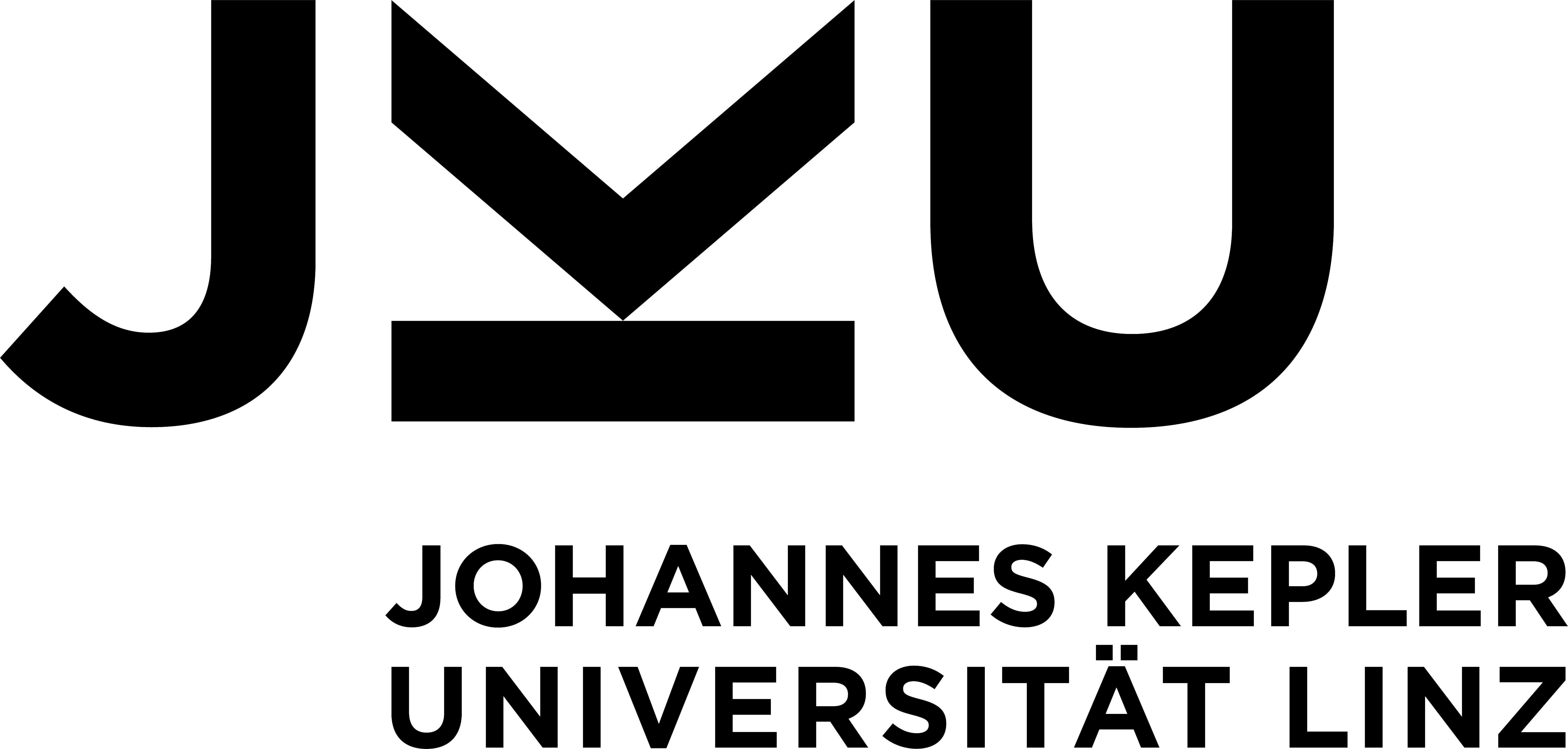Computer Science Colloquium
Simon Dixon
-
Music Similarity and Cover Song Identification: The Case of Jazz
Mon 25.09.2017, 16:00, 90 minutesJKU, Computer Science Building (Science Park 3) room 057
Abstract
Abstract: Similarity in music is an evasive and subjective concept, yet computational models of similarity are cited as important for addressing tasks such as music recommendation and the management of music collections. Cover song (or version) identification deals with a specific case of music similarity, where the underlying musical work is the same, but its realisation is different in each version, usually involving different performers and differing arrangements of the music, which may vary in instrumentation, form, tempo, key, lyrics or in other aspects of rhythm, melody, harmony and timbre. The new version retains some features of the original recording, and it is usually assumed that the sequential pitch content (corresponding to melody and harmony) is preserved with limited alterations from the original version. In music information retrieval, a standard approach to version identification uses predominant melody extraction to represent melodic content and chroma features to represent harmonic content. These features are adapted to allow for variation in key or tempo between versions, and a pairwise sequence matching algorithm computes the pairwise similarity between tracks, which can be used to estimate groups of cover songs. Different versions of a jazz standard can be regarded as a set of cover songs, but the identification of such covers is more complicated than for many other styles of music, due to the improvisatory nature of jazz, which allows ornamentation and transformation of the melody as well as substitution of chords in the harmony. We report on experiments on a set of 300 jazz standards using discrete-valued and continuousvalued measures of pairwise predictability between sequences, based on work with a former PhD student, Peter Foster.Bio
Simon Dixon completed his BSc(Hons) (1986-1989) and PhD (1990-1994) degrees in Computer Science at the University of Sydney, and also learnt Classical Guitar at the NSW Conservatorium of Music, obtaining the AMusA (1987) and LMusA (1988). He was a lecturer in Computer Science at Flinders University of South Australia from 1994 until mid 1999, and a research scientist in the Intelligent Music Processing Group at the Austrian Research Institute for Artificial Intelligence from 1999 to 2006. In December 2006 he joined QMUL's Centre for Digital Music as a Lecturer (now Reader), where he is now Deputy Director and leads the Music Informatics theme. He was Programme Co-chair for the 8th International Conference on Music Information Retrieval (2007) and the 14th International Society for Music Information Retrieval Conference (2013), and General Co-chair for the Dagstuhl Seminar on Multimodal Music Processing (2011) and the 9th International Symposium on Computer Music Modeling and Retrieval (CMMR 2012): Music and Emotions. He was President of the International Society for Music Information Retrieval (2014-15); and is on the Editorial Board of the Journal of New Music Research, and the Advisory Board of the Music Information Retrieval Evaluation Exchange (MIREX).Invited by Prof. Dr. Gerhard Widmer, Department of Computational Perception
The Computer Science Colloquium is organized by the Department of Coputer Science at JKU, the Österreichische Gesellschaft für Informatik (ÖGI) and the Österreichische Computergesellschaft (OCG).
